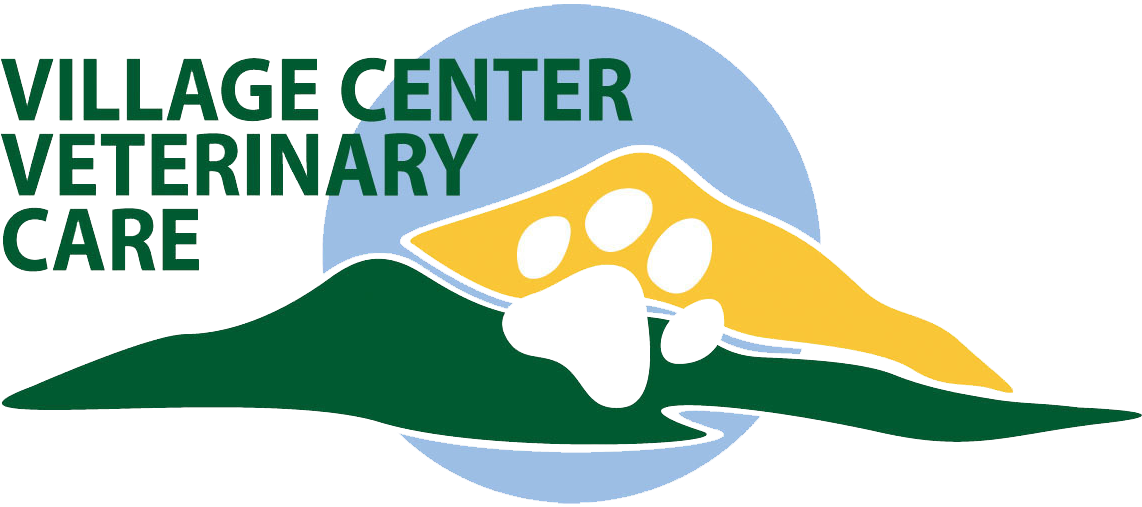Simon, the Bremmer’s cat was a shadow of his former self. Normally he weighed in at a very substantial 20 pounds, but today he looked gaunt and lethargic and weighed only 11 pounds. Of course we had been discussing for years that Simon needed to lose weight, but this didn’t seem to be the way we were hoping to achieve the goal.
On physical exam the fluorescent yellow glow to his skin and the whites of his eyes told me that the problem was lurking somewhere in his liver.
Liver problems in cats are fairly common and can require a bit of detective work to figure out. Bloodwork can tell us that the liver is unhappy and often give us a gauge of how unhappy it is, but it does not often reveal the reason for the unhappiness, and in order to know what the prognosis and treatment options are we have know what process we are dealing with.
When presented with a yellow skinned cat with abnormal liver values some of the likely culprits are infection, immune mediated attack, cancer, and a syndrome called hepatic lipidosis--or fatty liver disease. More extensive diagnostics like liver ultrasound and biopsy are often necessary to define the cause of the liver problem.
In Simon’s case the diagnosis came back as hepatic lipidosis, which was better news than some of the other options, because when treated aggressively there was a reasonable chance for survival for him.
Hepatic lipidosis tends to happen primarily in cats, but also to some degree in rabbits. The process starts when a cat stops eating for a few days. The reason for not eating may be innocuous, like he just refuses to touch his new diet food, or more medically related, like a severe respiratory infection is making him feel bad. When faced with no incoming fuel the body starts drawing on its fat reserves. The fat is sent to the liver to be processed for energy during this time of starvation. In very overweight cats in particular the fat is sent so exuberantly to the liver that the liver cells cease to be able to function because they become so choked with fat. When the liver can’t do it’s primary job of detoxifying the blood, bad things start building up and make a cat fee even more nauseous and unwilling to eat, which in turn encourages more fat to be sent to the liver, and a vicious cycle develops.
The key to stopping this metabolic disaster is getting food going down the gullet again so the body will be able to use nutrition absorbed from the digestive system again and clear out the fat from the liver. Very sick cats may need a period of hospitalization with IV fluids and anti-nausea medication to stabilize them, but getting the feeding going as soon as possible is essential.
Anyone who has tried to syringe feed a cat will know that it is physically impossible to force a significant amount of food into a cat who doesn’t want to play along. For that reason a feeding tube is essential for a good outcome. With a fairly short procedure a tube can be placed into a cat’s esophagus, coming out the side of the neck, and food can be sent down the tube into the stomach, bypassing the uncooperative teeth, tongue, and mouth, and eliminating the crazy wrestling match that adds so much stress to both cat and owner. With a very small amount of training an owner can learn to feed the cat through the tube and when the cat is stabilized he can receive the remainder of his nursing care at home. It can take several weeks to a month to get the liver back on line, but with diligent care hepatic lipidosis cats stand a good chance for full recovery. When they are willing to eat on their own we take out the feeding tube and they get to resume their normal cat lives, free of the unsightly accessory of a neck wrap with a tube sticking out of it.

